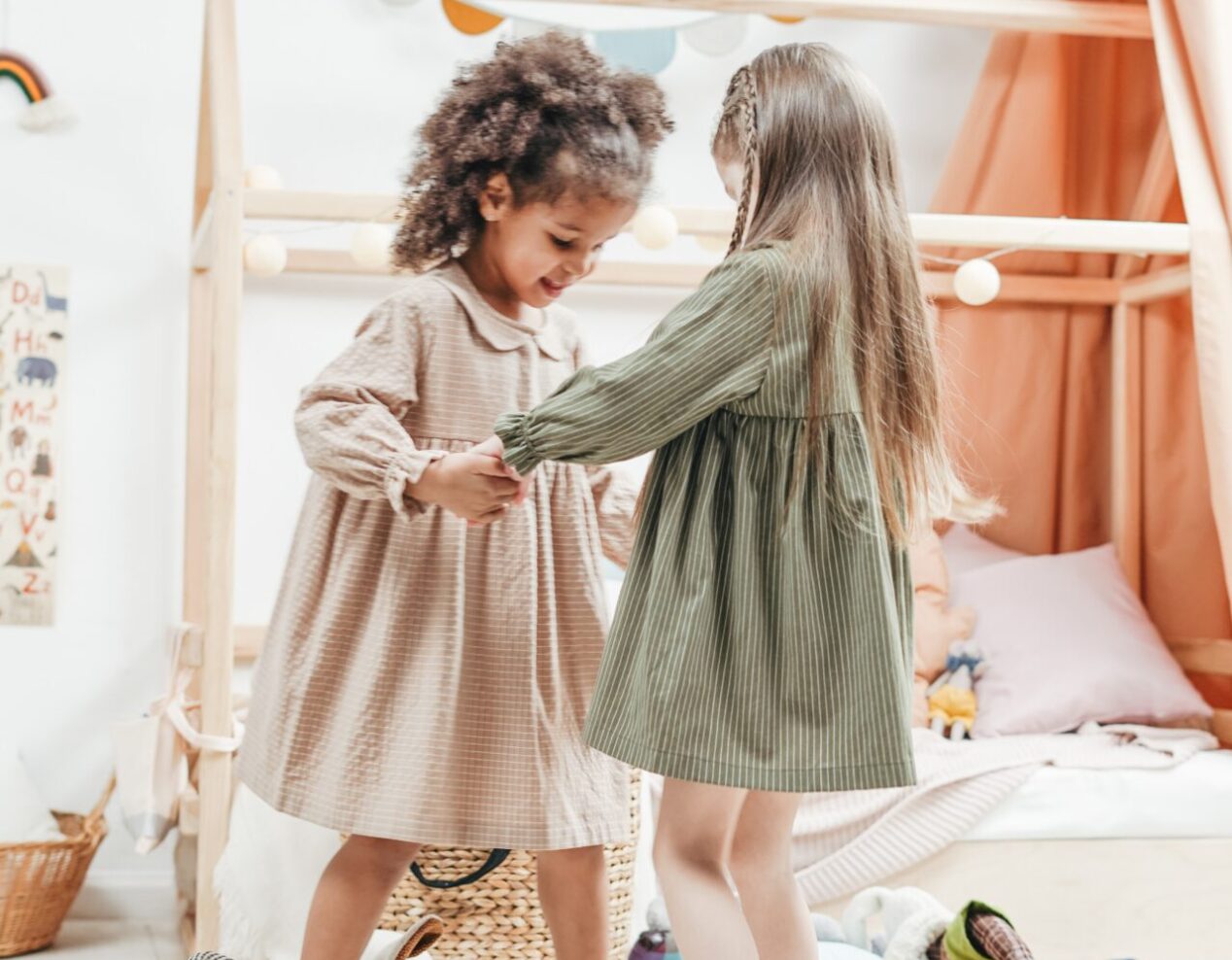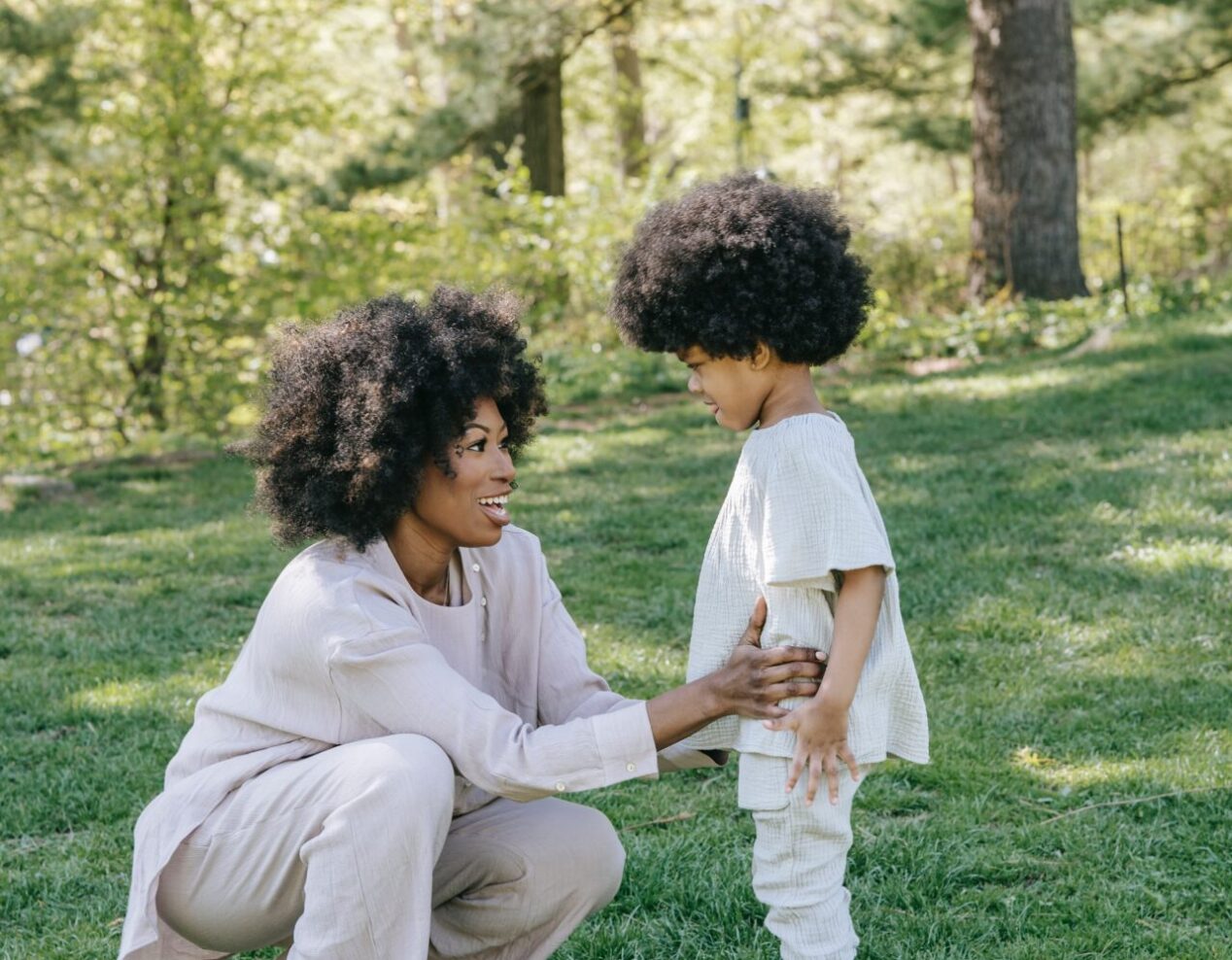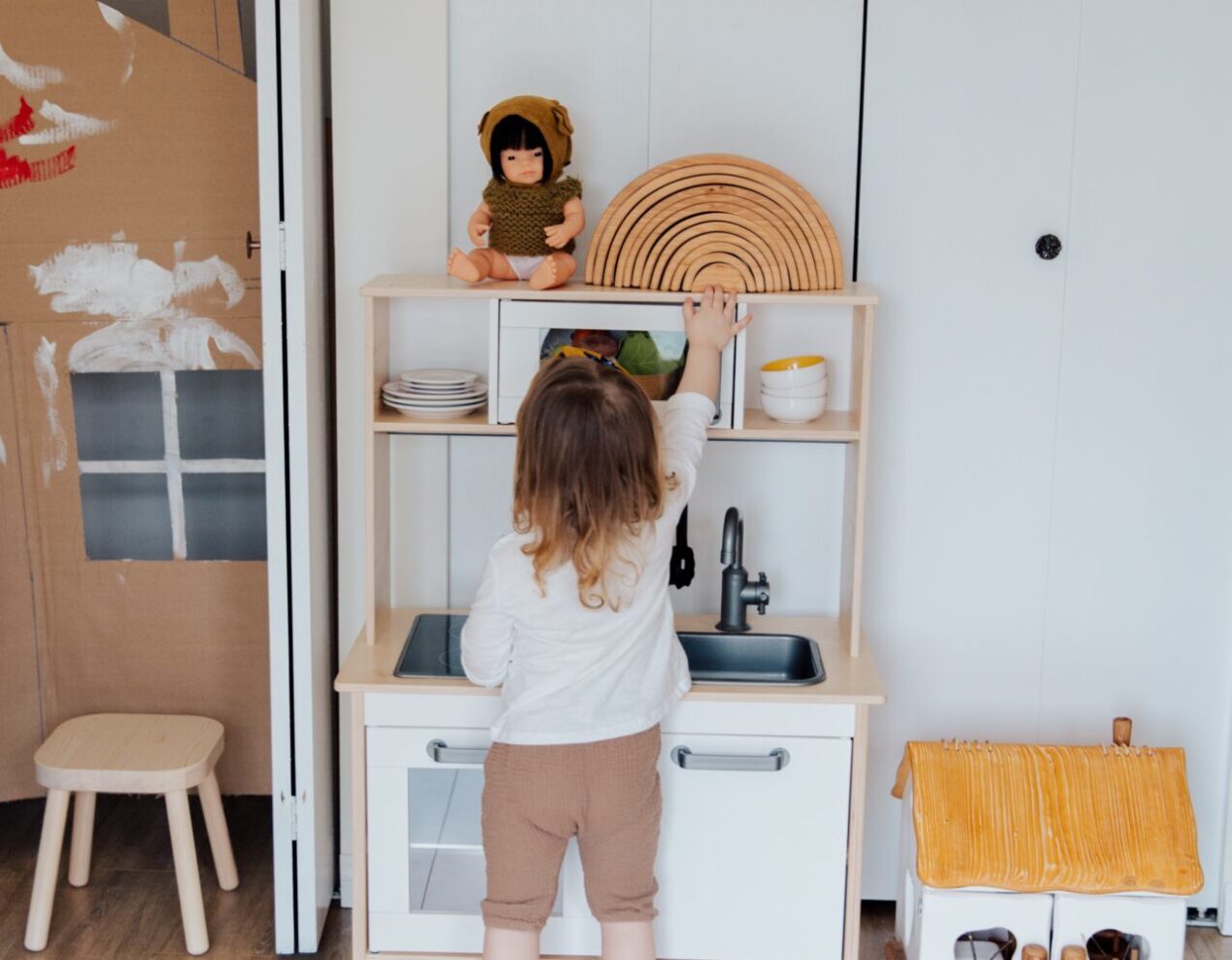Unlock the magic of mirror play: A guide to cognitive development

Picture a child and an adult sharing a precious moment of connection through a mirror, a shared moment of joy lighting up their faces. This marks an important phase in a child’s journey towards self-recognition and comprehension. Around the ages of 18 to 24 months, this self-awareness begins to take root as toddlers start to see their own reflections in mirrors and pictures.
As they reach two years of age, children begin to discern various facial attributes and the emotions they communicate. They may not verbalize words like ‘forehead’, ‘elbow’, ‘chin’, ‘wrist’, but these words become part of their receptive language. Using mirrors to interact with children can be a wonderful way to enrich their emotional vocabulary.
Here are four inventive approaches to advance vocabulary and foster socio-emotional growth using the magic of mirrors, reordered for a fresh perspective:
- Embark on a journey of funny faces Encourage laughter and joy with this engaging activity. You can stimulate your child’s interest by raising your eyebrows and sticking out your tongue without describing it verbally, then ask your child to mimic your expression.
For a playful twist, suggest a game where you both close your eyes and make a funny face, then open your eyes to reveal your humorous expressions. It’s a fantastic way to create shared giggles and smiles 😛
- Dive into the exploration of body parts: BabyCentre notes that by their second birthday, most children can identify at least six body parts. Engage your child in locating various body parts like ‘pinch your cheeks’ or ‘tap your tummy’. Before offering assistance, allow them an opportunity to find it themselves. It’s common for them to initially point at the mirror. In that case, gently encourage them to find it on their own body.
For a non-verbal activity, point to your own body parts and challenge your child to either identify them or point to the same on their own body.
- Initiate ’emulate the emotion‘: Understanding emotions forms a key part of empathy development. Children at this age are just beginning to understand that their feelings are unique from others. Mirrors can be a great tool to demonstrate how emotions manifest on faces, bodies, and in voices. This can also serve as a chance to introduce new emotional vocabulary.
Begin with something like, “everyone in the mirror looks astonished”. Exaggerate your expression and encourage your child to mimic it. Then, describe the emotion with physical references: “Look! We appear surprised! Our eyebrows are raised, and our mouths are wide open!”
The ‘everyone in the mirror’ approach can be versatile for a variety of emotions, feelings, and instructions such as “everyone in the mirror…
…looks excited! Our eyes sparkle, and we’re all smiles! …looks upset! We’ve made fists, our mouths are downturned, and we’re grumbling! …pretend to sleep! Our eyes are shut, and we’re pretending to snore” …wake up and stretch!” …spin around! Now, spin back.”
- Practice two-step instructions Children nearing their second birthday are increasingly adept at following two-step instructions. Mirrors can be a practical tool to exercise this ability. Start with simple tasks that involve one action at a time: ‘first touch your chest, then your nose’ or ‘first place a hand on your hip, then the other hand on the same hip’.
As children grow more capable of understanding compound sentences, you can gradually increase the complexity of the commands: ‘first pat your cheeks, then gaze out of the window’. Sequential words like initially, subsequently, afterwards, ultimately, and finally can be useful in framing these instructions.



